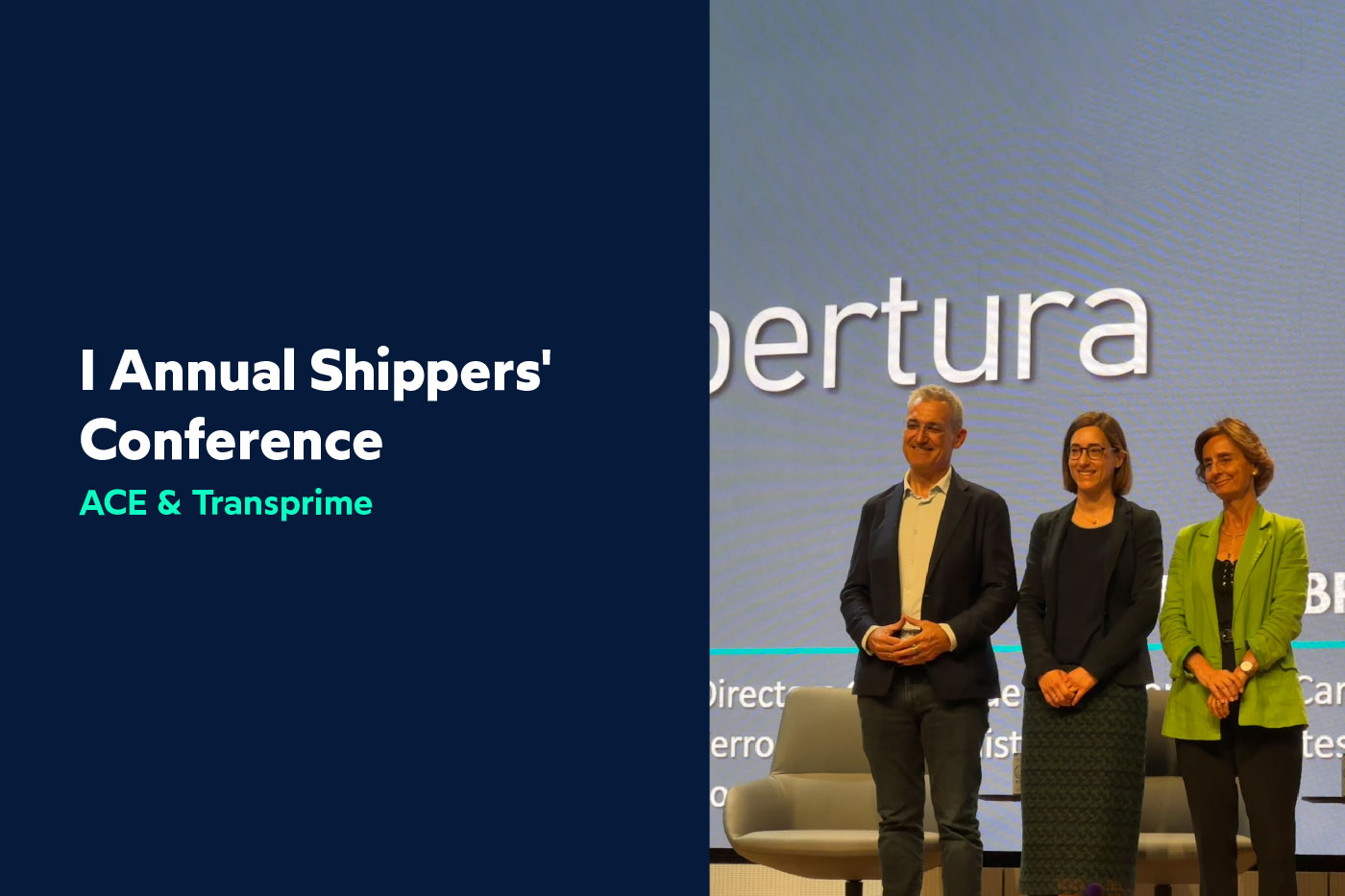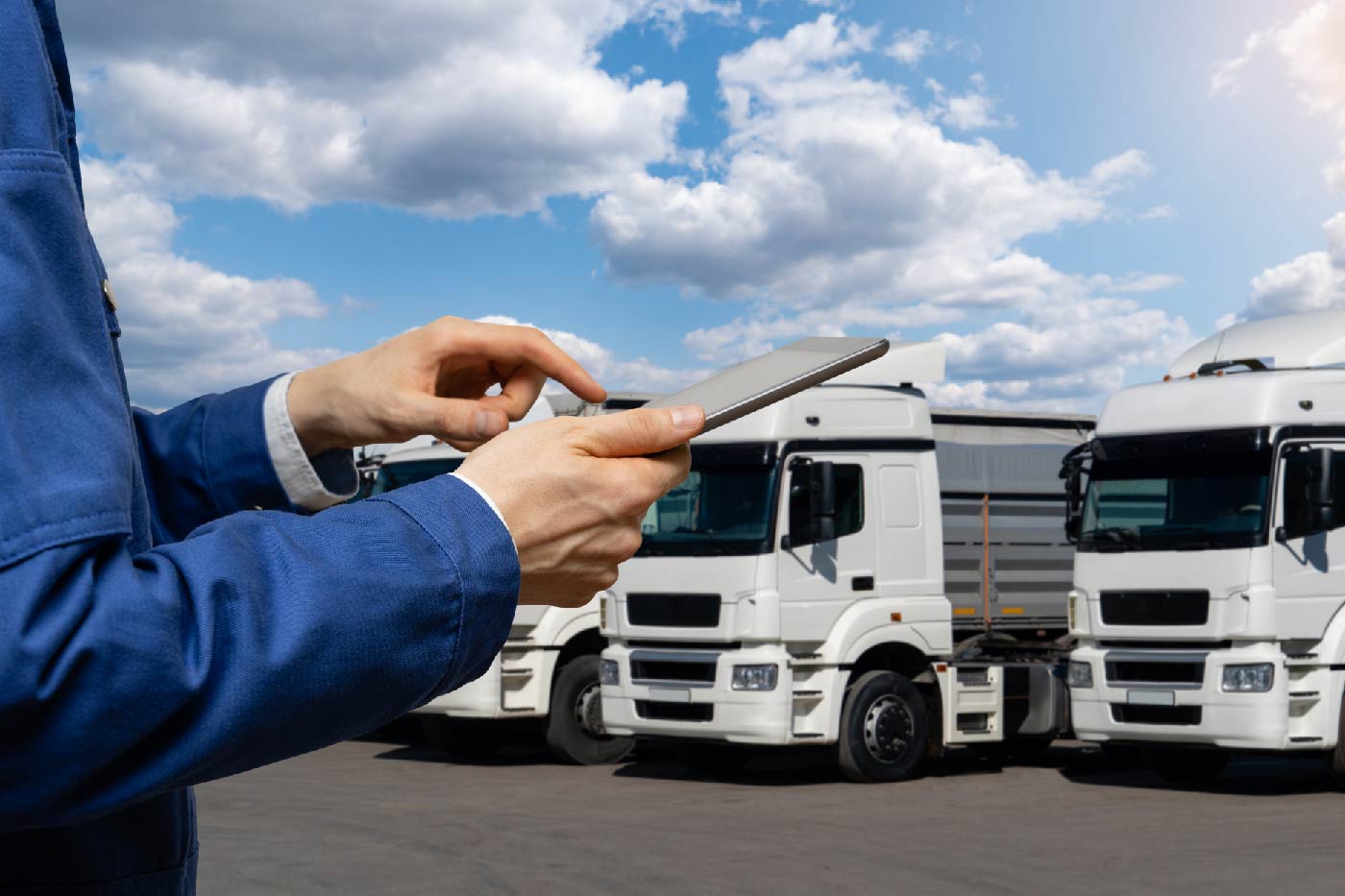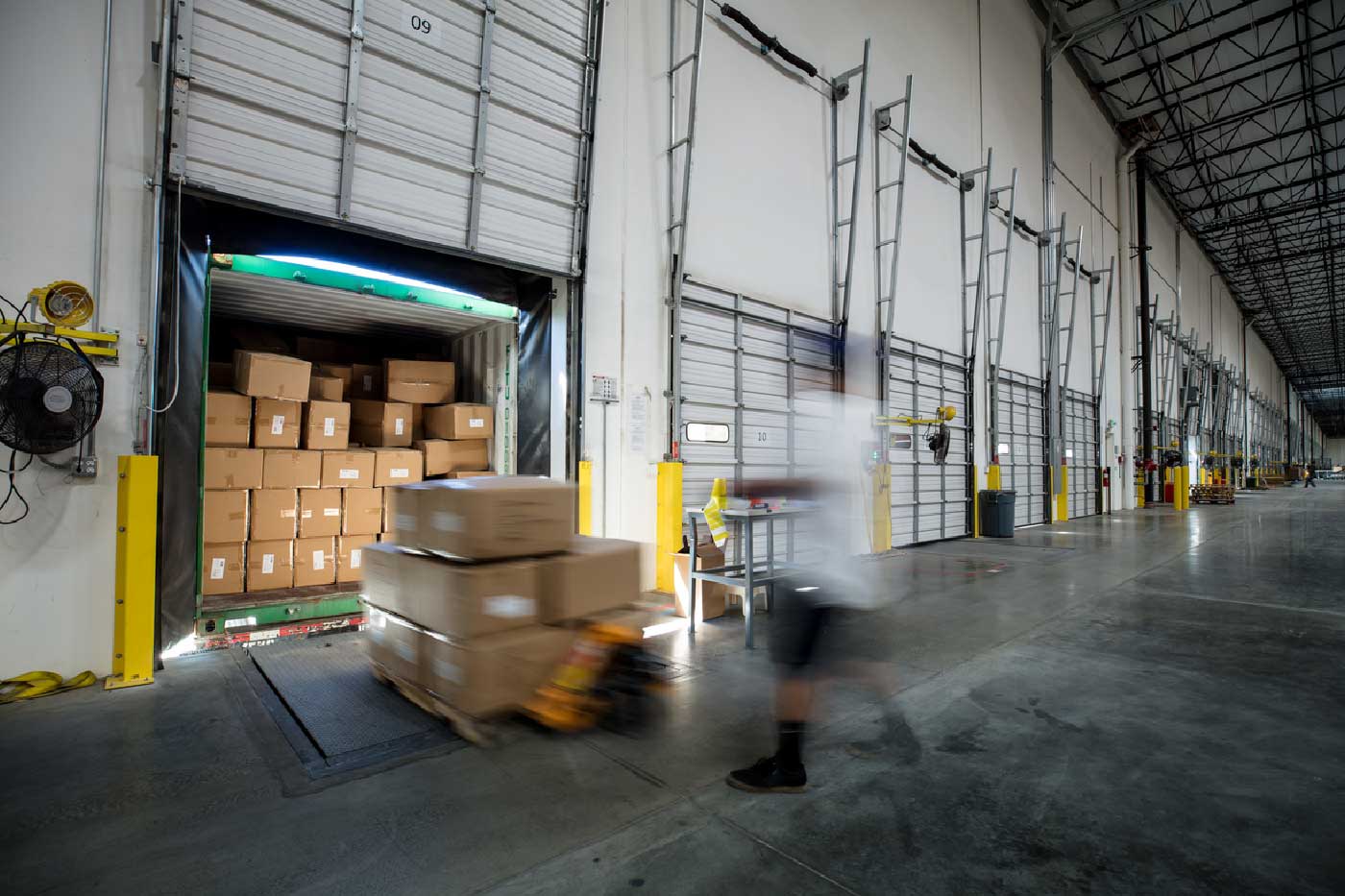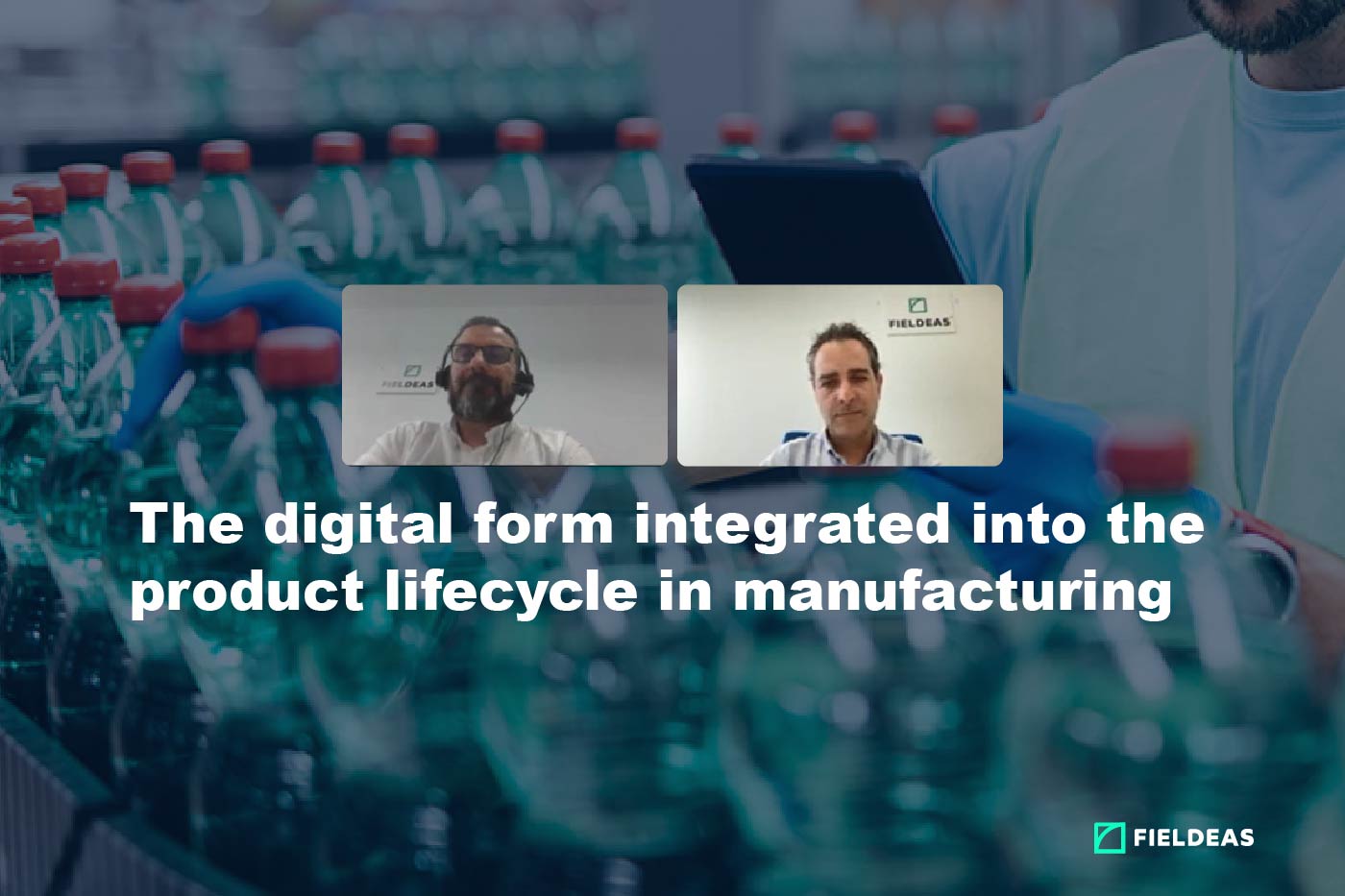The digitization of documentation in transport is a process that can no longer be reversed.
At the end of last May, eTIR, the electronic version of this international transit system that facilitates customs formalities in the transport of goods by road, was launched.
Customs has traditionally been one of the main headaches for companies involved in international transport, so digitization is expected to streamline this process and enhance security.
In fact, Spanish international hauliers have recently requested the Tax Agency to implement this protocol in the country.
Beyond its impact, which is still small, the initiative is a boost to the process of digitization of transport documentation, a change that is still in its infancy, but which is sure to advance by leaps and bounds over the course of this decade.
This initiative, together with others being developed at national and international level, is driving an irreversible process that involves productivity improvements, cost savings and error reduction.
In addition, digital transformation implies an important cultural change.
Technology can be intimidating to many people who do not feel safe in these new environments.
However, it is worth taking advantage of the benefits offered by new technologies that are evolving to adapt to the needs of each individual and, at the same time, are becoming increasingly affordable.
On the other hand, the market rules. And in this regard, more and more customers are demanding information about their shipments in order to have full visibility of their supply chain. All this data is then used for a variety of purposes, such as optimizing supply or reducing the environmental impact of transport services.
More than a fad, the paperless trend is already the immediate future because of the advantages it brings in terms of savings, sustainability, efficiency and reliability. Who gives more?
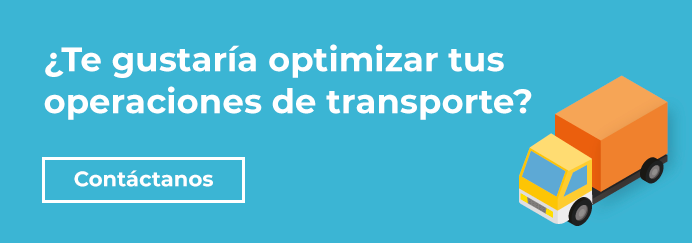
Improvements in the digitization of documentation in transportation
If there is one thing that characterizes digitization, it is the ability to manage a large amount of information at high speed, with fewer resources and greater reliability.
Thanks to technology, thousands of documents can be analyzed, catalogued and exchanged in a matter of seconds, which, if they had to be processed by hand, would take months and would require a large administrative department with a sufficient number of personnel.
At a first reading, there are 7 improvements brought by the digitization of documentation in transport:
- 1 Efficiency and error reduction: The documentation that is digitally exchanged does not change, nor is it altered or degraded.
- 2 Cost savings: The use of paper is reduced, with the consequent cost savings in the exchange of documentation or its storage.
- 3 Reduced administrative burden for drivers: With digitized documentation, it is no longer necessary to carry paperwork in the cab. The tablet or a cell phone can be used to carry and transmit documents.
- 4 Improved relationships with customers and partners: Digital documentation is more reliable and allows data to be more easily integrated into platforms such as CRM, TMS or WMS, among others.
- 5 Better control of equipment and personnel: The transmission of documentation in digital format is instantaneous, facilitating the management of resources to adapt them to the needs of each service.
- 6 Faster invoice processing: The speed of digital documentation also speeds up the administrative procedures for payment of logistics services.
- 7 More transparency: Digital documentation is transmitted much more quickly and reliably than paper documents. In this sense, it contributes to creating more transparent environments between the different actors in the supply chain.
Digital documentation in transport, tools to improve it
To digitize the documentation associated with transport, there are several tools that provide successive layers with more possibilities. All of them are aimed at achieving paperless, digital and interconnected transport.
Companies that advance in this process take steps to move from being simple carriers to being service companies.
In this new stage, transportation companies are taking advantage of data management to explore new business possibilities, improve competitiveness and better manage both internally and in customer relations.
Digital delivery note
The digital delivery note is one of the items that lends itself to immediate digitization. It records the packages being transported and documents the delivery without the need for the traditional paper-based exchange of copies.
This saves paper, avoids the whole administrative procedure of stamping at the place of delivery, thus speeding up the process, and avoids any loss of information or confusion.
The digital delivery note also facilitates the processing of incoming goods, as well as the insertion of their documentation in any warehouse management system (WMS).
Digital signature
The digital signature is a differential element that provides greater security to the exchange of information, by reliably identifying the actors involved in the preparation and transmission of any document.
In this sense, it adds an extra layer of security and acts as an effective guarantee that the transport documentation is authentic, as it is validated to have legally binding effects.
This improves transparency in the relationships between the different actors in the supply chain, improves the traceability of the process and gives added confidence to the relationships between each of the links in the chain.
FIELDEAS integrates a digital signature system that has all the legal guarantees when exchanging digital documentation.
eCMR
The eCMR has existed as such since February 2008 and came into force in June 2011. Since then, a total of 17 countries, including Spain, have implemented it.
Precisely the first transport using the electronic consignment note was between Spain and France in January 2017.
This first experience and all those that have followed have demonstrated the effectiveness and simplicity of the electronic consignment note in avoiding the transfer of paper documents, which can lead to errors, loss or misplacement.
The eCMR offers extensive possibilities for integrating the information it provides with the transport companies’ own billing flow and with their customers’ systems.
FIELDEAS Track and Trace provides one of the most most complete eCMR systems on the market. The new system takes a new look at the electronic consignment note, taking it a step further thanks to its security guarantees, development possibilities and integration capabilities with other platforms.
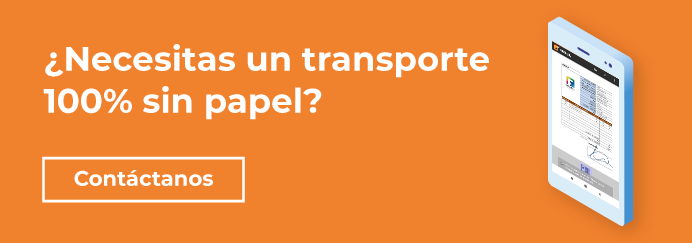
Digitization of documents for more efficient transportation
In short, the digitization of documentation offers great improvements:
- Facilitates access to documents
- Eliminates the need for sufficient space to store physical documentation
- Improved reliability in the preparation and collation of documentation
- Facilitates the transport of documentation and its handover to other actors in the supply chain
However, digitization also offers the potential to go further and achieve greater integration of all documents used in transportation, which until now have been handled separately.
In this sense, FIELDEAS Track and Trace offers a versatile and fully moldable platform, which provides a secure environment for relationships between carriers, operators and their customers.
In addition, FIELDEAS Track and Trace offers the possibility of managing digital delivery note, eCMR and digital signature from the same device, with legal guarantee and paperless.
The service also features time-stamping and digital contact signature, as well as the possibility to manage contactless deliveries, accessible via e-mail, SMS message or QR codes.
On the other hand, FIELDEAS Track and Trace also has the option of having a document custody service during the entire validity period of each document, which allows a more agile, secure and available document management from any device.
In short, FIELDEAS Track and Trace incorporates all the possibilities offered by the digitalization of documentation in transport and adapts them specifically to each specific case with total guarantee.









